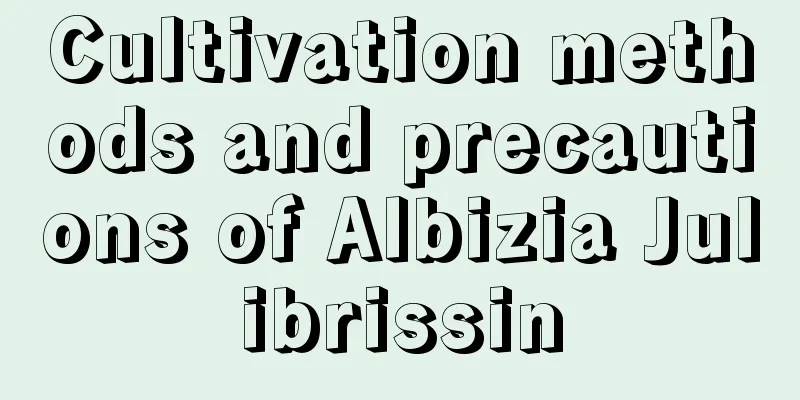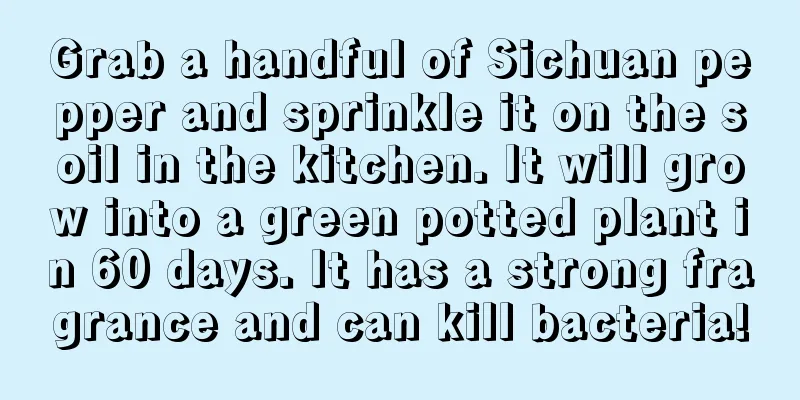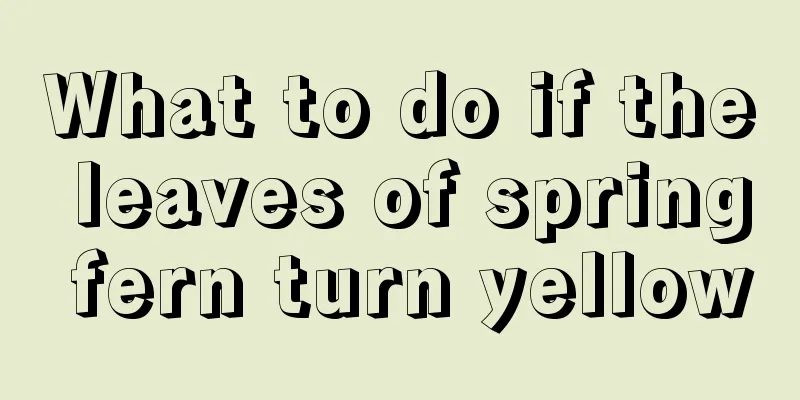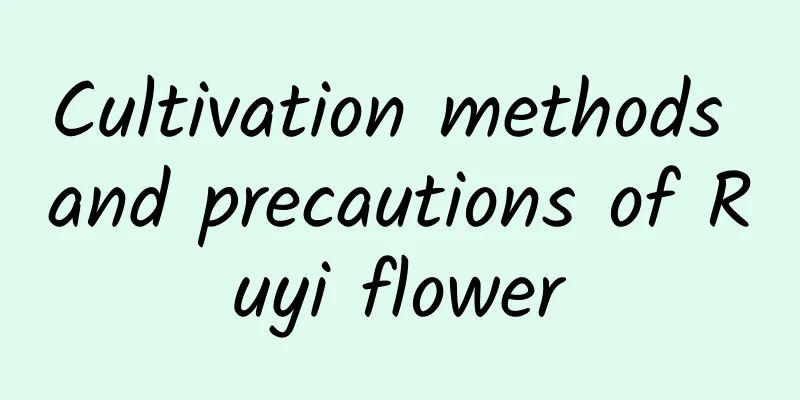Cultivation methods and precautions of Albizia Julibrissin

1. Maintenance methods1. Soil: The Albizia Julibrissin has strong adaptability and can tolerate barrenness, so it is not very demanding on the soil and can be grown in ordinary soil. However, if conditions permit, it is best to use soil with a deeper and slightly acidic layer. 2. Water: The water requirements of the Albizia Julibrissin are different at different stages. During its growing season, you can water it moderately to keep the soil moist. But in winter, you need to control watering and try to keep the soil slightly dry. This will prevent it from freezing or getting waterlogged. 3. Temperature: Albizia Julibrissin is a positive tree species that prefers a warm environment and also has a certain degree of cold resistance. During maintenance, the temperature should be kept between 20-25℃. In winter when the temperature is below -20℃, it needs to be kept warm. 4. Sunlight: The Albizia Julibrissin is a plant that loves sunlight very much and cannot tolerate shade. When cultivating, make sure the environment has sufficient light, otherwise the plant may have difficulty growing healthily. 2. Breeding techniques1. Pruning: In order to improve the ornamental value of the Albizia Julibrissin, side branches should be pruned in time. Usually, diseased and insect-infested branches or twigs are cut off at the end of winter every year, and strong buds need to be retained when they sprout in early spring. This method can ensure that the Albizia Julibrissin tree maintains a high ornamental value. 2. Planting: Albizia Julibrissin is best planted in the evening, and a thin layer of organic fertilizer can be applied after planting. If the soil quality is not good, you can change the soil or apply a certain amount of base fertilizer to ensure soil fertility and thus ensure the survival rate of the plants. 3. Problem diagnosis and treatment1. Rust: The culprit that causes rust infection in Albizia Julibrissin is usually the Acacia ball rust fungus. After infection with rust, pale yellow spots will appear on the back of the leaves of the Albizia Julibrissin. After infection, the diseased leaves need to be cut off in time and sprayed with medicine for treatment. 2. Wilt disease: For the Albizia Julibrissin, wilt disease is a relatively serious systemic infectious disease and also a relatively serious disease. After the disease occurs, the infected parts should be cut off in time and sprayed with appropriate medicine for treatment. IV. Other issues1. How to survive the winter: The Albizia Julibrissin is very cold-resistant and has strong growth adaptability. It can survive the winter at -20℃. Even the seedlings are extremely cold-resistant. Therefore, there is generally no need to take cold protection in winter. 2. Flowering and fruiting period: Albizia Julibrissin generally blooms from June to July and bears fruit from August to October. |
<<: Cultivation methods and precautions of Tortoiseshell Peony
>>: The cultivation method and precautions of Polygonum multiflorum
Recommend
What are the varieties of geranium?
Geraniol The geranium is an annual or biennial he...
How to water tiger jasmine
1. Watering method 1. Principles of watering: Whe...
How to plant lotus in mud
1. Seed treatment First, place the seeds you are ...
How to tell when the night-blooming cereus blooms
State before flowering The flower stem is hooked,...
The difference between Dutch iron and dragon blood tree, which one is easier to grow
1. Differences between the two 1. Different famil...
When is the best time to water the lucky tree? How often should I water it?
Lucky tree watering time The lucky tree needs mor...
Are potatoes shade-loving or sun-loving plants?
Do potatoes prefer shade or sun? Potatoes are a s...
Can lychees be grown in Guangxi?
Can lychees be grown in Guangxi? Of course, lyche...
When is the best season to transplant hydroponic green radish?
There are generally two situations for transplant...
What should I do if all the leaves of Phalaenopsis fall off?
1. Reasons 1. It may be because the plant was exp...
When do primroses bloom?
When do primroses bloom? When do primroses bloom?...
What is the best time to plant roses?
Which months are suitable for planting roses The ...
What are the varieties of yew
Pacific Yew The Pacific yew grows on the west coa...
When is the best time to plant Astilbe
Best time to plant Astilbe It is best to plant As...
The best time to repot dahlias, preparations and steps for repotting
The right time to repot dahlias The time to repot...









